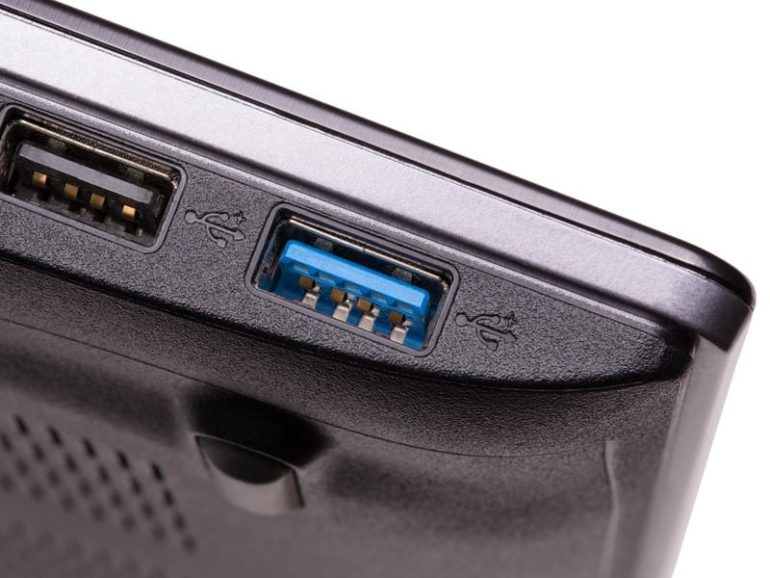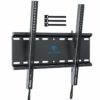USB 3.0, also called SuperSpeed USB, is the third generation of Universal Serial Bus standard. It is capable of transmitting data at a maximum rate of 5 Gigabits per second (Gbps). This makes it 10 times faster than the previous than the USB 2.0 standard. But what is USB 3.0, and what’s the difference between USB 3.0 vs USB 2.0? Here’s everything you need to know about USB 3.0, and how you can tell if your device supports USB 3.0.
Universal Serial Bus is a type of connection that is used to connect many types of devices. It refers to the cables and connectors that you can use to connect a wide array of hardware to a computer or any device that has computing powers, such as a tablet or phone.
For example, you can use USB to connect a printer, camera, joystick, flash drive, keyboard, or scanner to a computer, tablet, or a desktop PC. Portable devices, such as ebook readers, mobile phones, and tablets also use USB for charging their batteries.
How Fast Is USB 3.0?
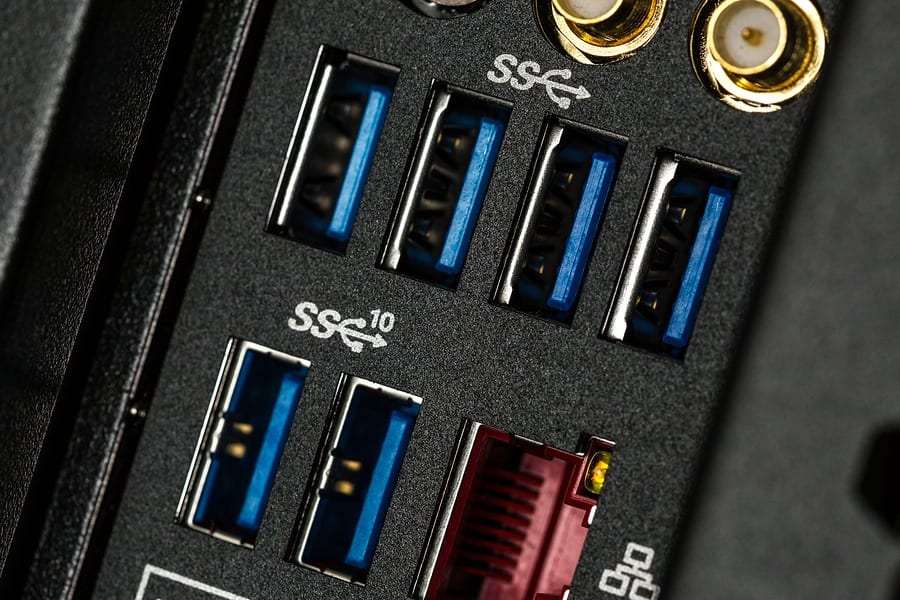
USB 3.0 comes with a theoretical transfer speed of 5 gigabytes per second (Gbps). This means an HD movie around 1.5GB in size can be transferred from one device to another in less than a second using it (theoretically).
In real-world tests, USB 3.0 transfers files much slower than its theoretical speeds. According to a test conducted by Macworld, a 10GB file can be transferred to a hard drive using USB 3.0 at 114.2 Mbps. That’s roughly 87 seconds (or about a minute and a half). That may not sound fast, but it’s actually 10 times faster than USB 2.0.
USB 2.0 vs 3.0
Real-world tests show that USB 2.0 can transfer files at a speed of 35.4 Mbps (megabits per second). That means it would take around 282 seconds (or almost five minutes) to transfer a 10GB file. With USB 3.0, it would only take roughly 87 seconds to transfer the same file. That means USB 3.0 is 225% faster vs USB 2.0 for transferring files.
You can also charge your devices faster with a USB 3.0 connection. In fact, a USB 3.0 charger can deliver almost double the output of a USB 2.0 charger. While USB 2.0 caps out at around 0.5 Amps, a USB 3.0 charger can deliver around 0.9 A of power.
If you want to know more about how to charge your phone faster, check out our previous blog here.
How to Tell if a USB is 3.0
The easiest way to tell if a USB is 3.0 is by looking at the color of the port. Most manufacturers will use a blue color for USB 3.0 to distinguish them from earlier USB standards. The initials SS for “SuperSpeed” are also printed on the cable or near the port sometimes.
USB 3.0 has a male connector (called the plug) and a female connector (called the receptacle or port). There are four types of USB 3.0 connections available today:
USB Type-A
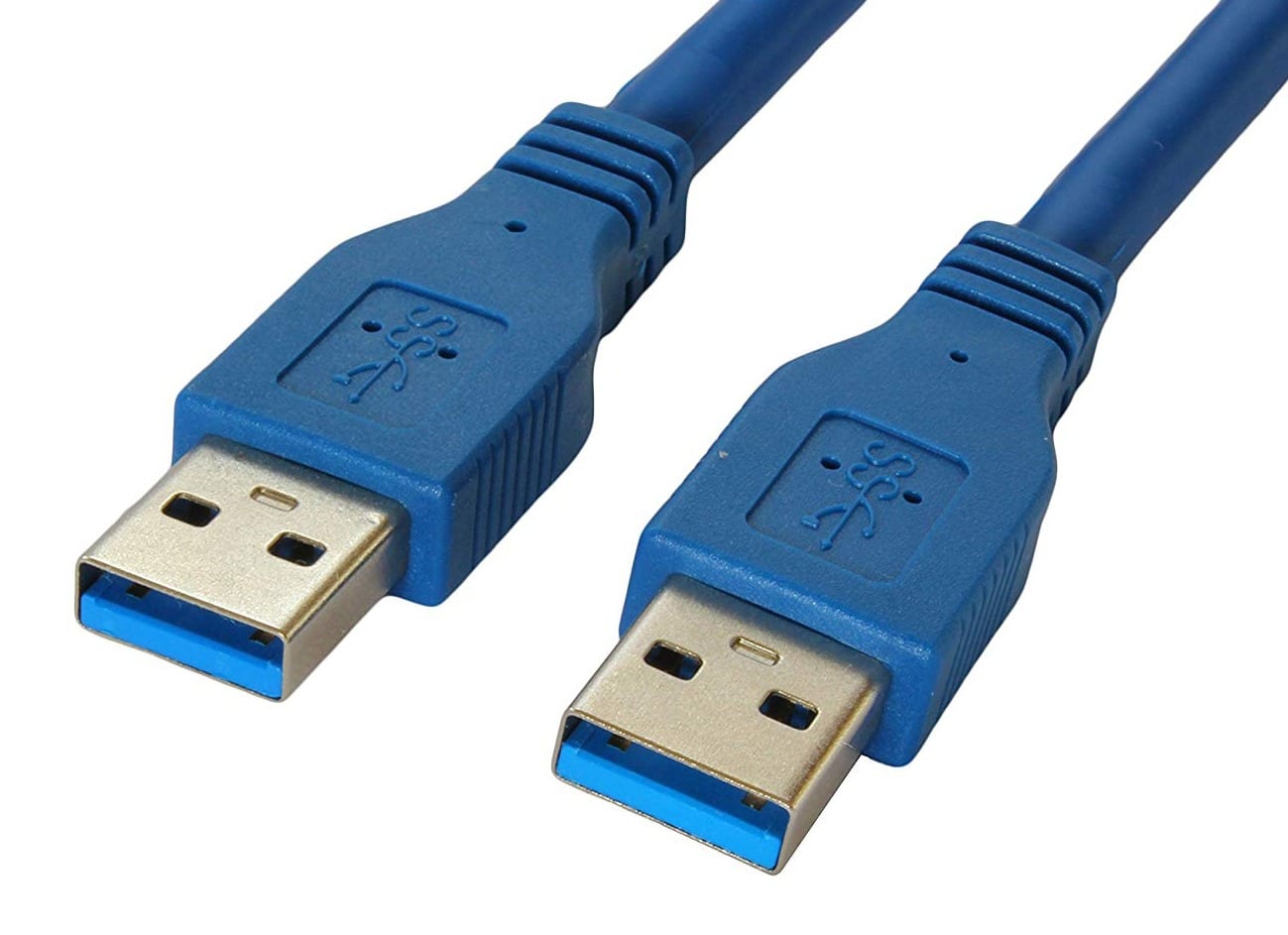
These look like your standard USB connector. They do not look any different from the plug of any flash drive, except for the fact that the USB 3.0 version is blue.
USB Type B
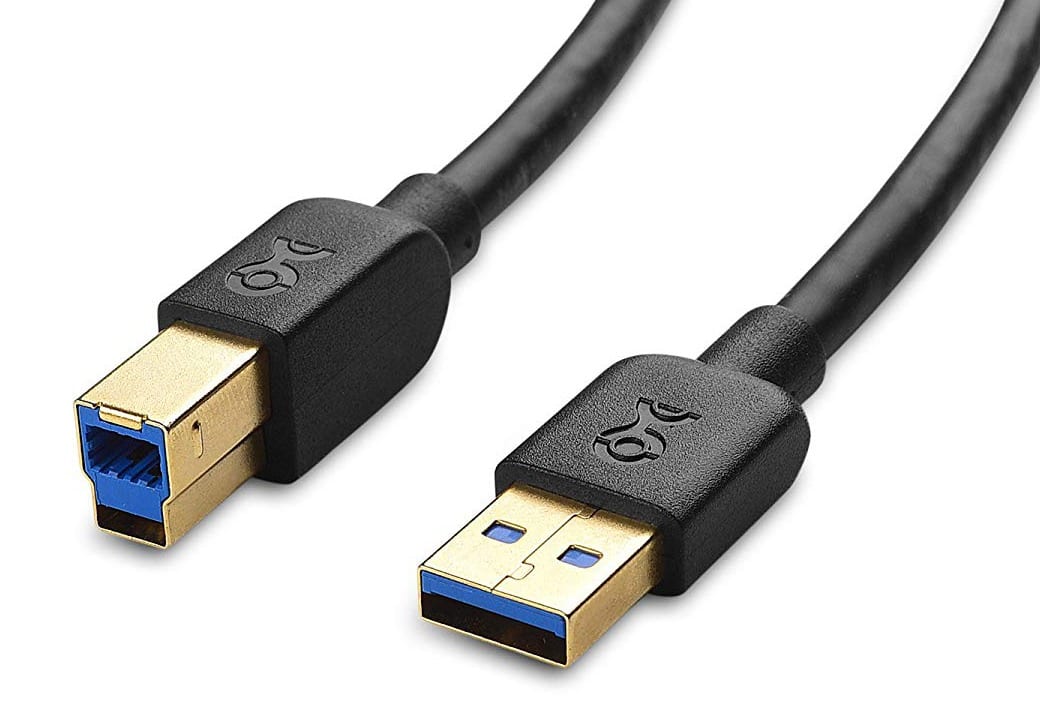
Also called USB 3.0 Standard-B, these are square-like in shape and are often used for printers and other large devices.
USB Micro-A
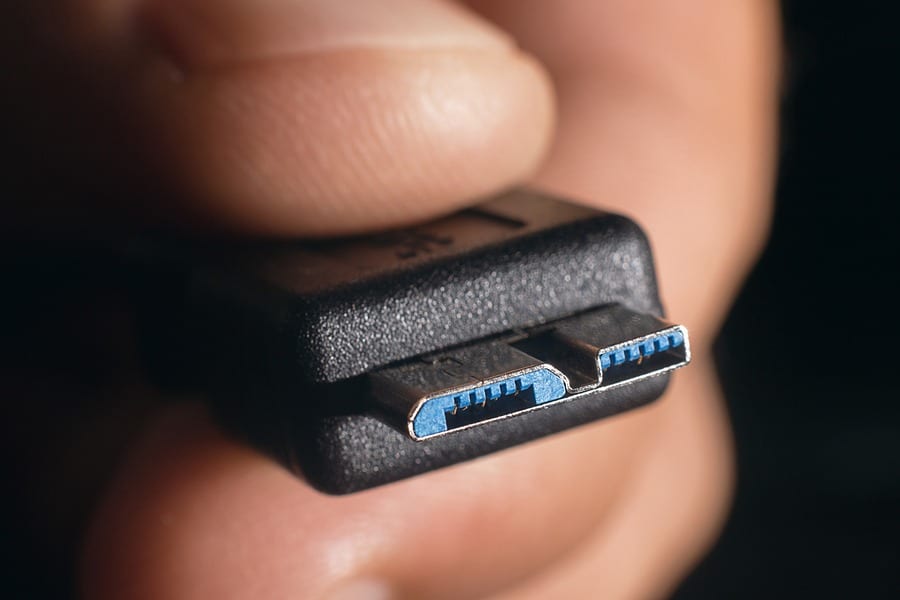
These are often used to connect smartphones and other portable devices. They are thin and look like they have two parts.
USB Micro-B
These look like the USB Micro-A type, with the thin and two-part design. They are compatible with Micro-A receptacles and are also used for smartphones and small portable devices.
Some devices, cables, or adapters with older ports support may be compatible with USB 3.0 receptacles, but it depends on the connector type. Use the guide below for your reference:
- Type-A connectors are compatible with USB 2.0 or USB 1.1 receptacles or plugs.
- Type-B connectors are not compatible with older Type B USB standards. But these older standards are compatible with USB 3.0 receptacles.
- Micro-A and B are compatible only with USB 3.0 Micro-AB receptacles. But USB 2.0 Micro-A plugs are compatible with USB 3.0 Micro-AB receptacles.
However, to ensure the fastest transmit rate possible, both devices that you want to connect should have support for USB 3.0.
In recent years, much faster USB standards were introduced. In 2013, its successor, USB 3.1 was released. Also called SuperSpeed+, USB 3.1 has a theoretical speed of 10 Gbps. The latest of these standards, USB 3.2 was released in September 2017. It has a theoretical maximum speed of 20 Gbps.
If you were wondering what is USB 3.0, you can learn more about which old cables you should keep, and which ones you should throw away.
HelloTech editors choose the products and services we write about. When you buy through our links, we may earn a commission.
